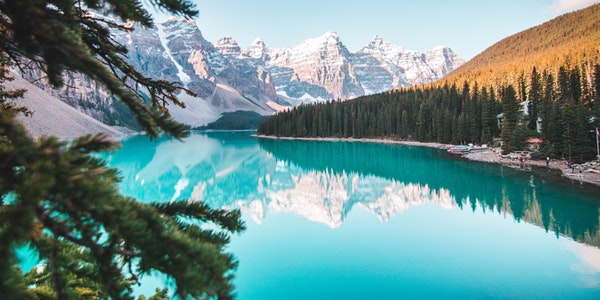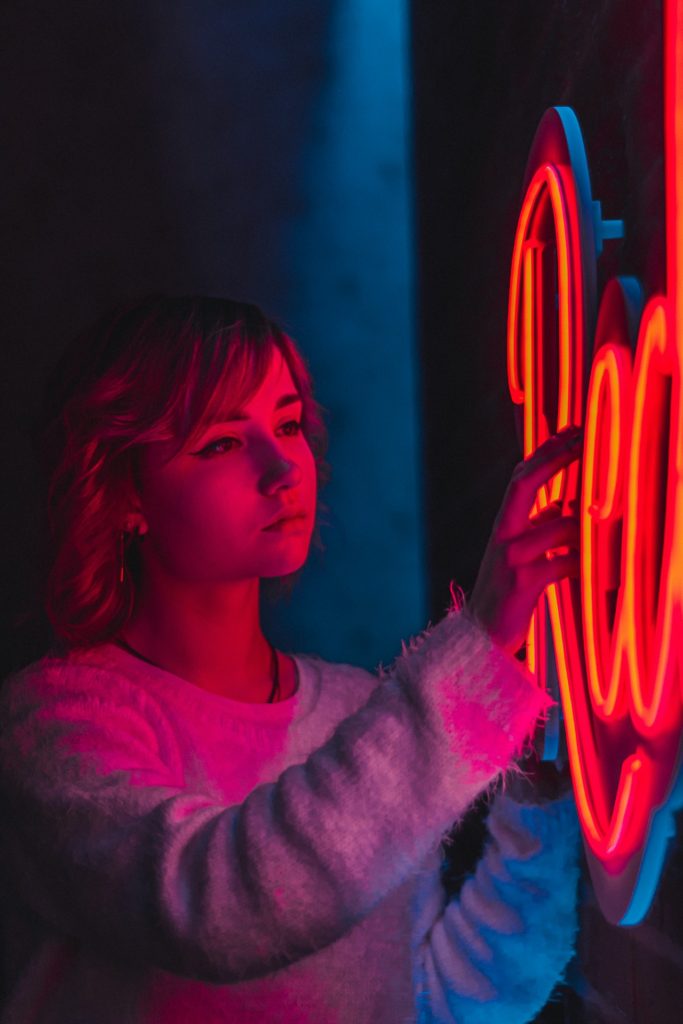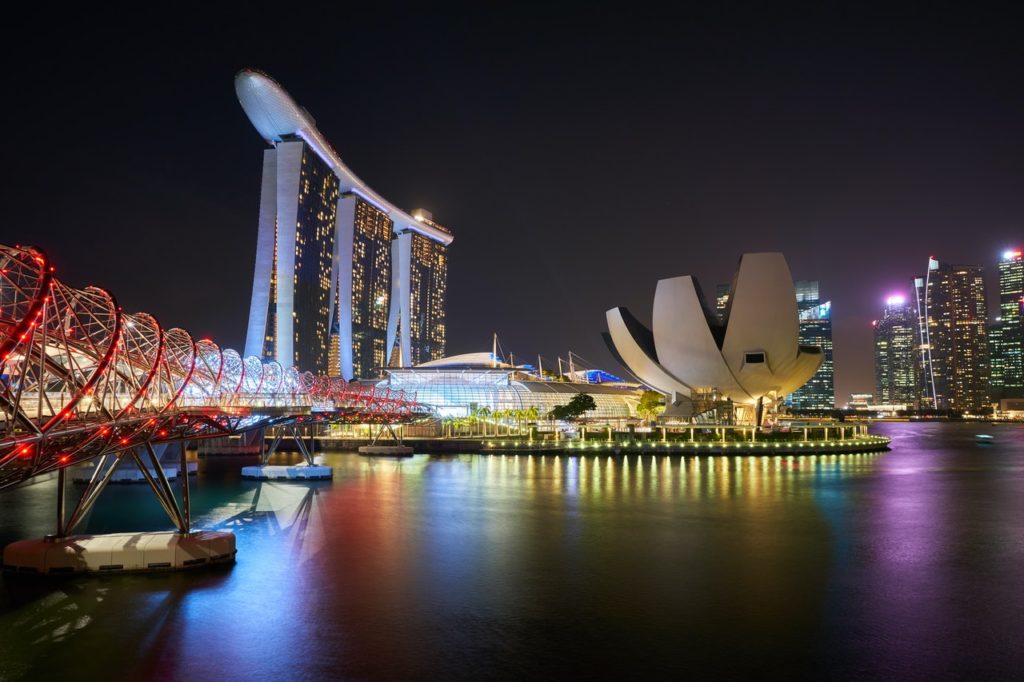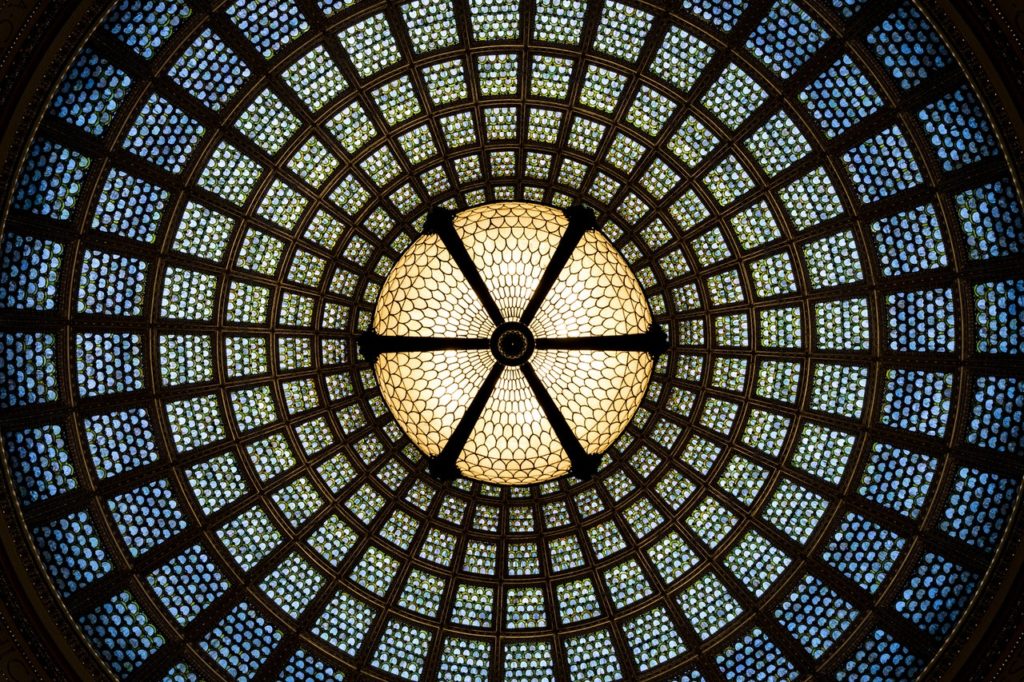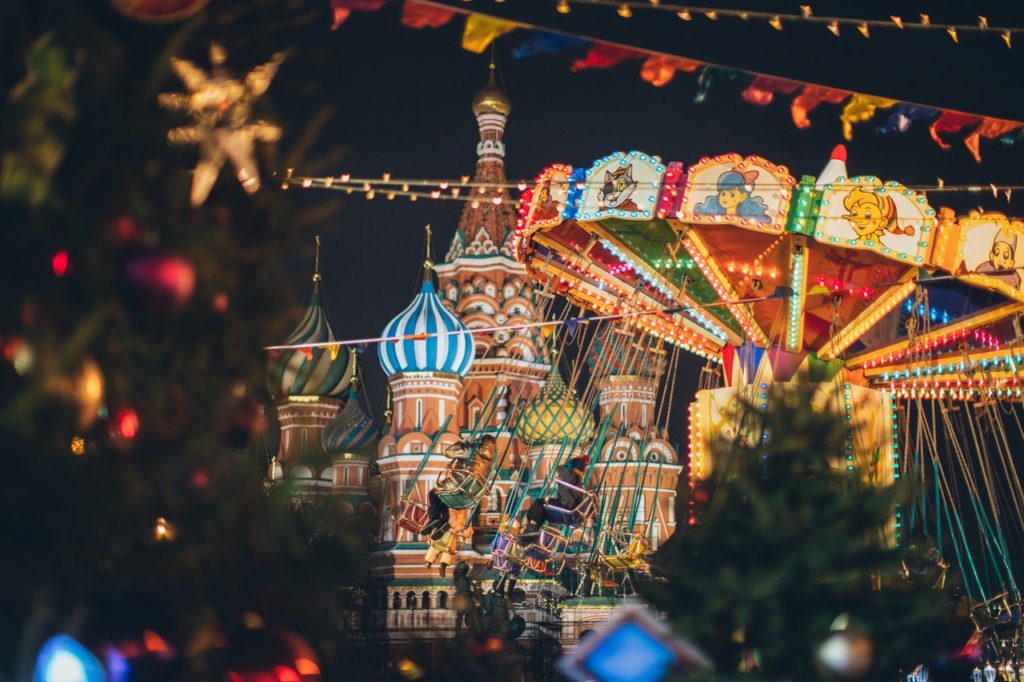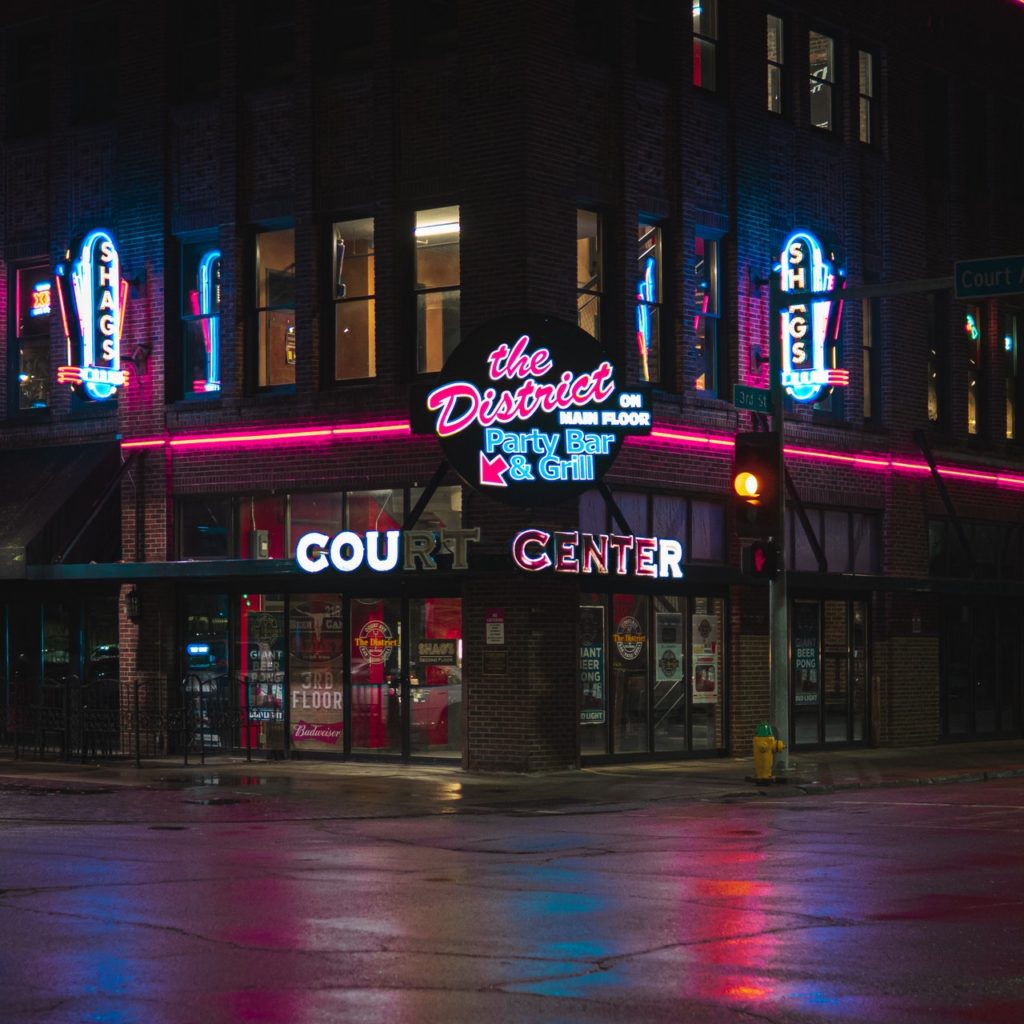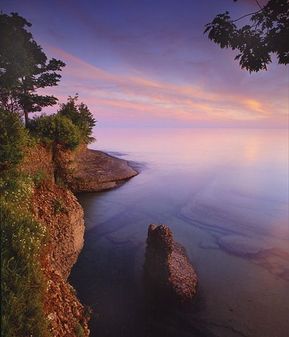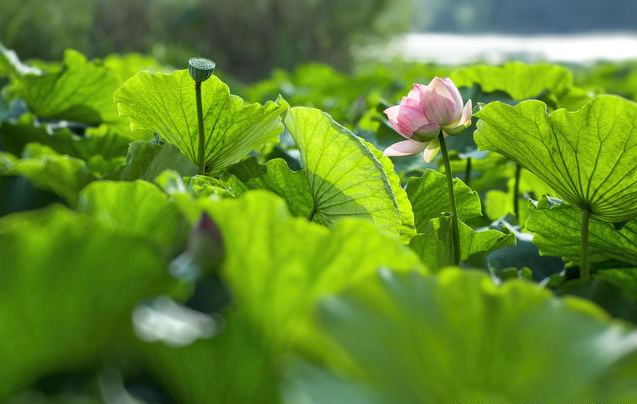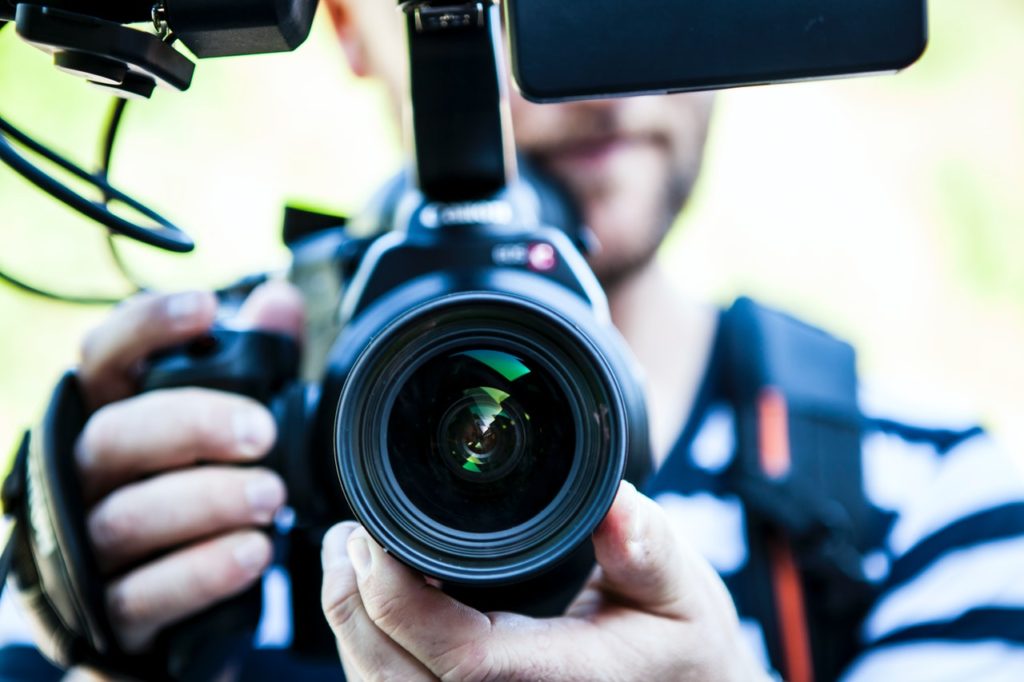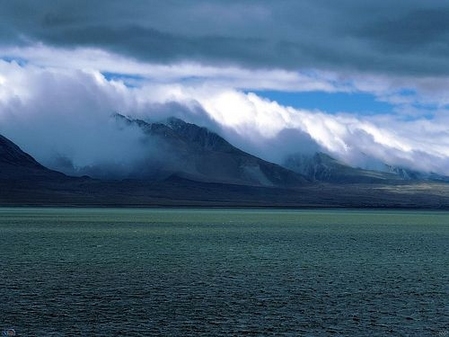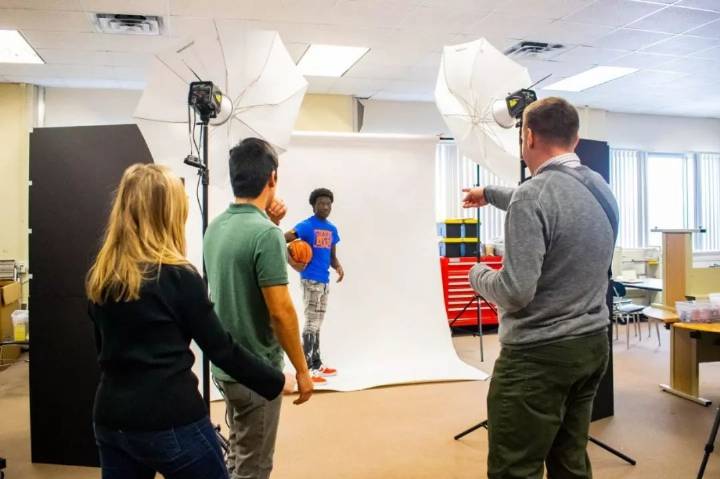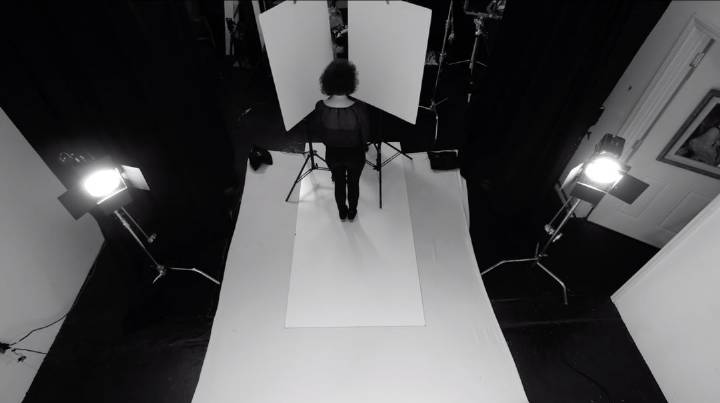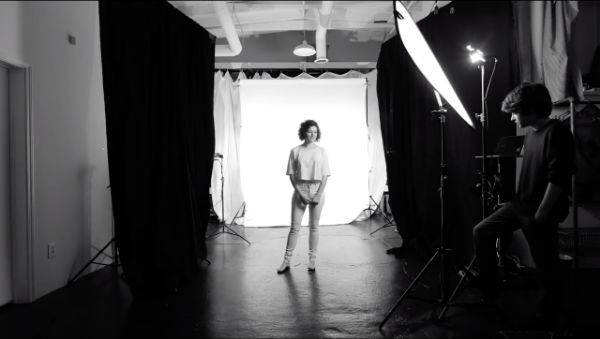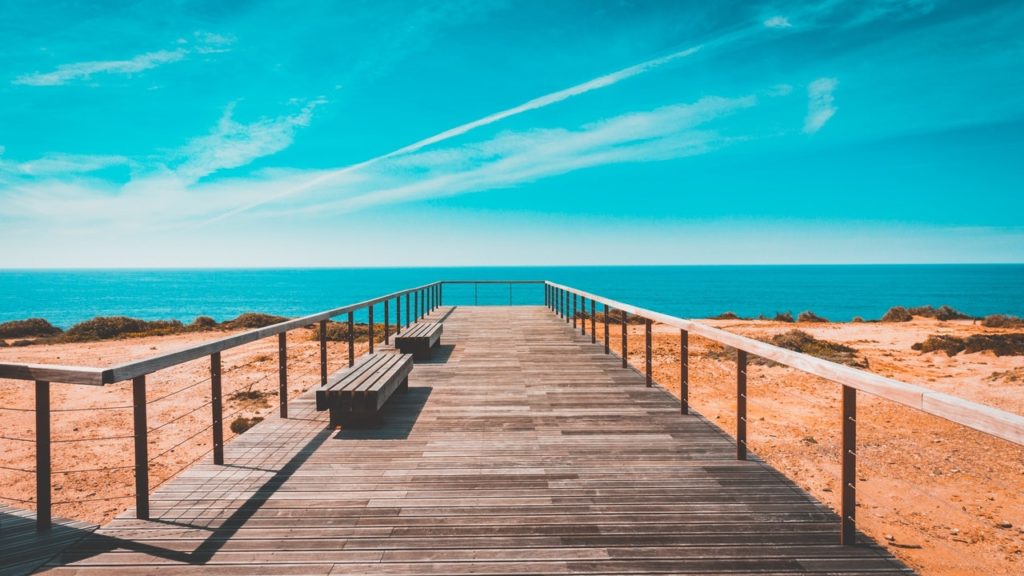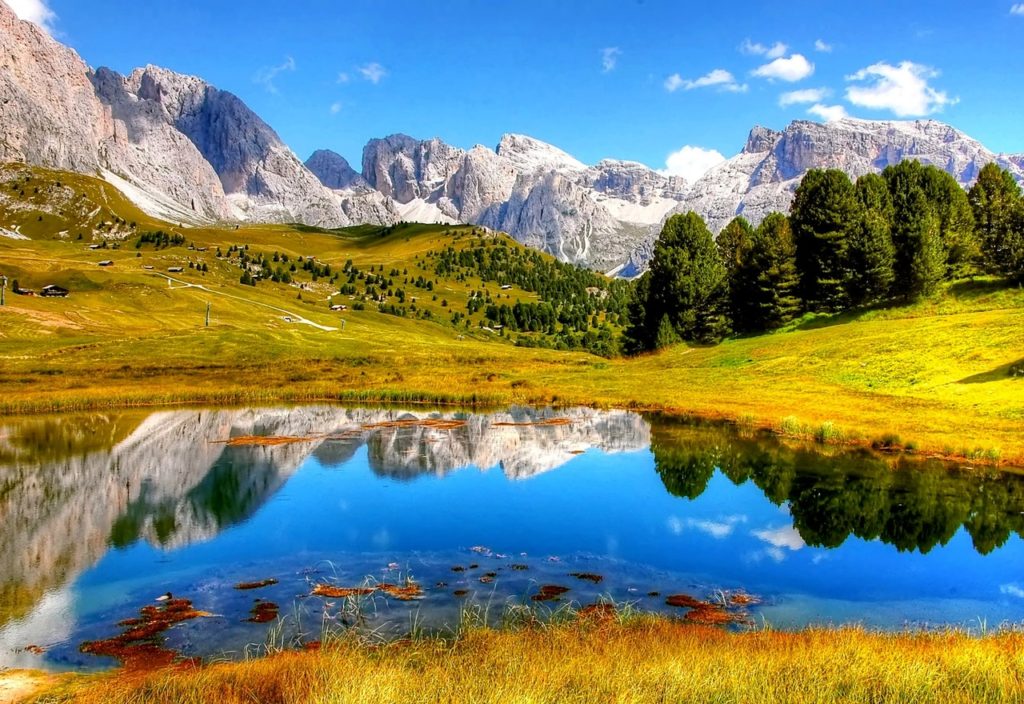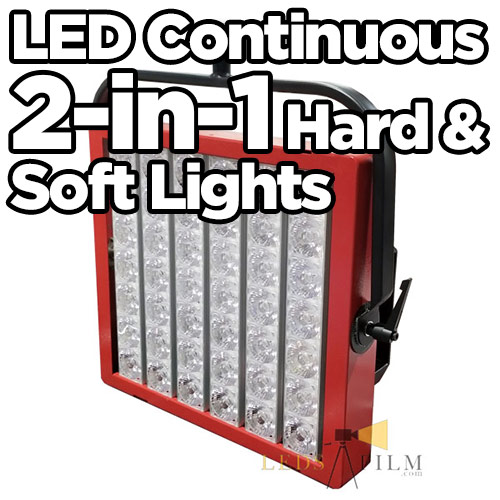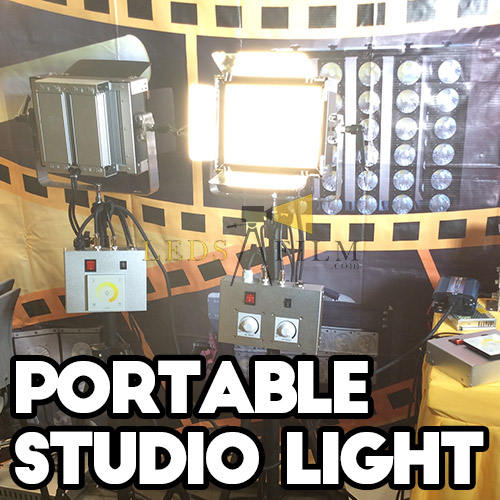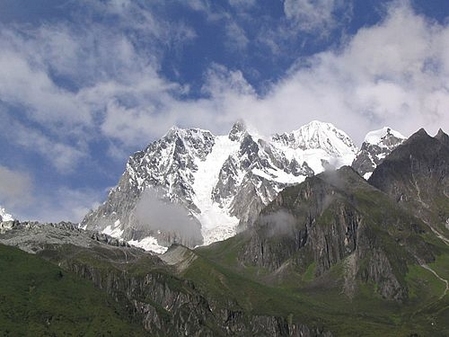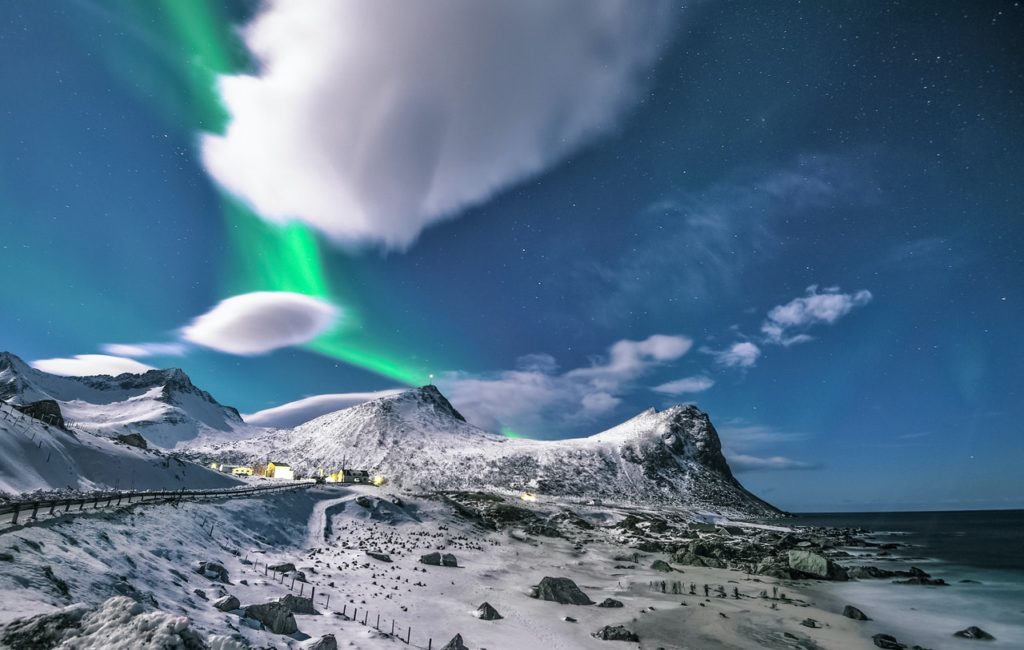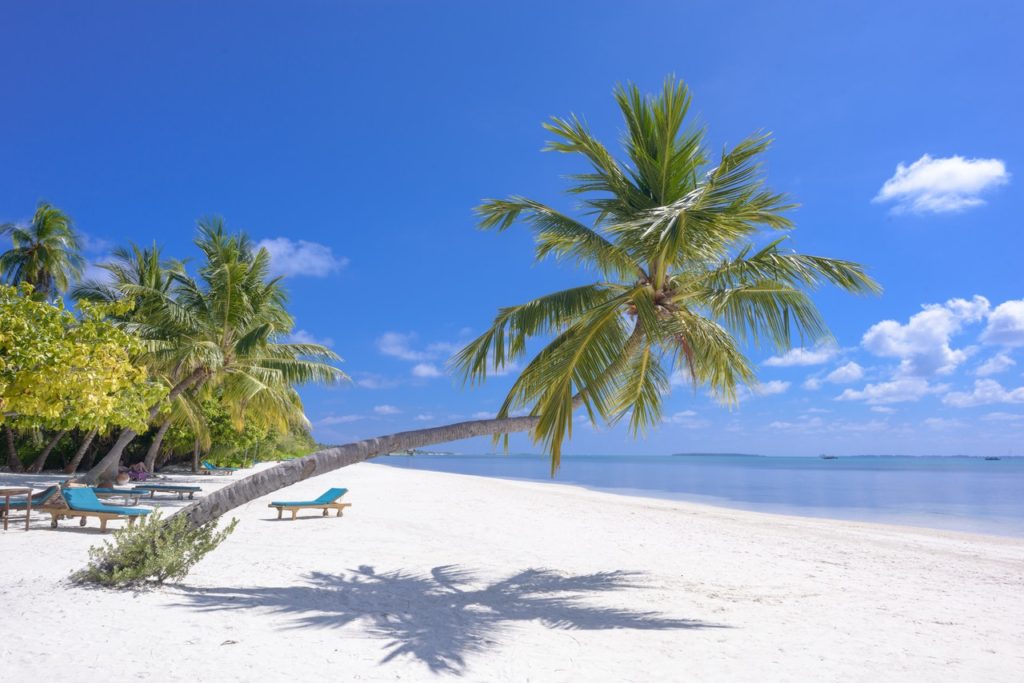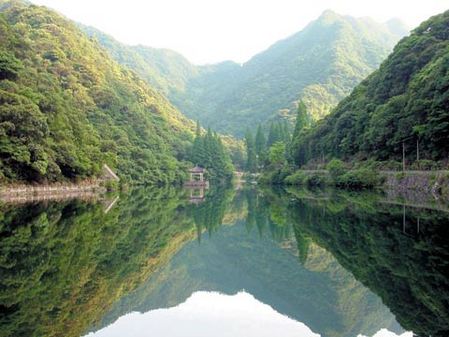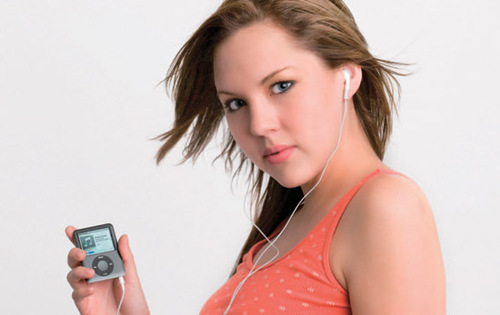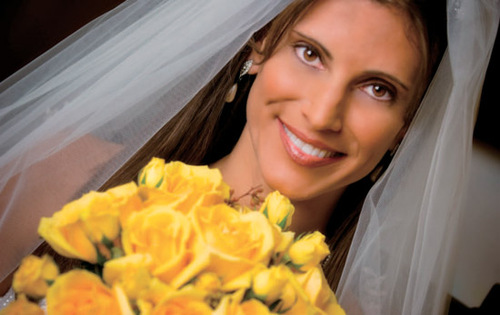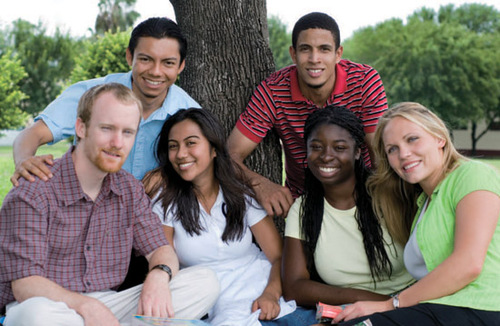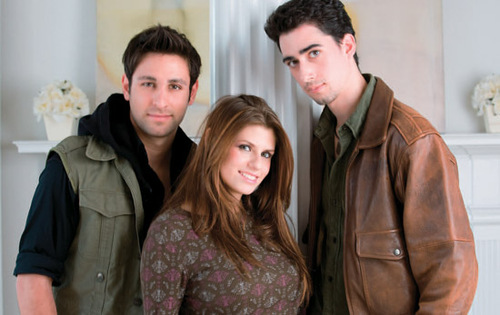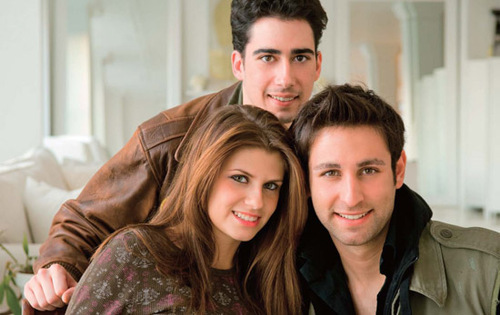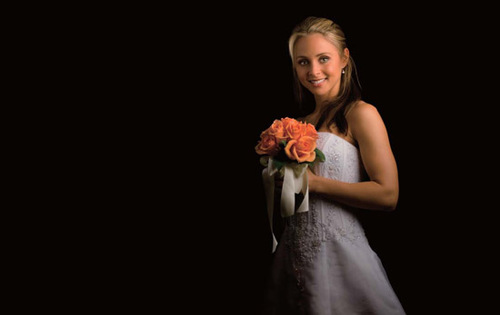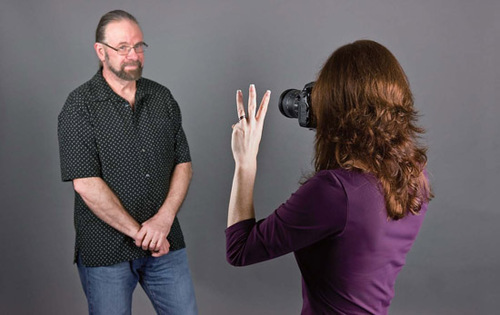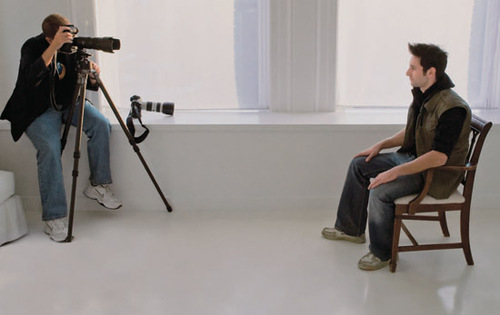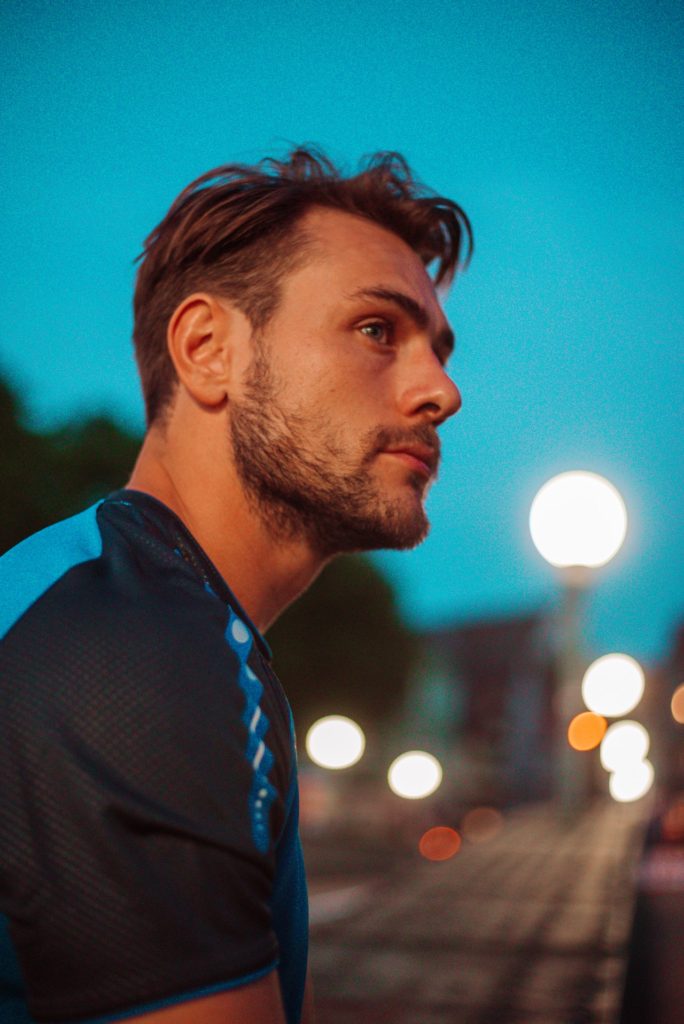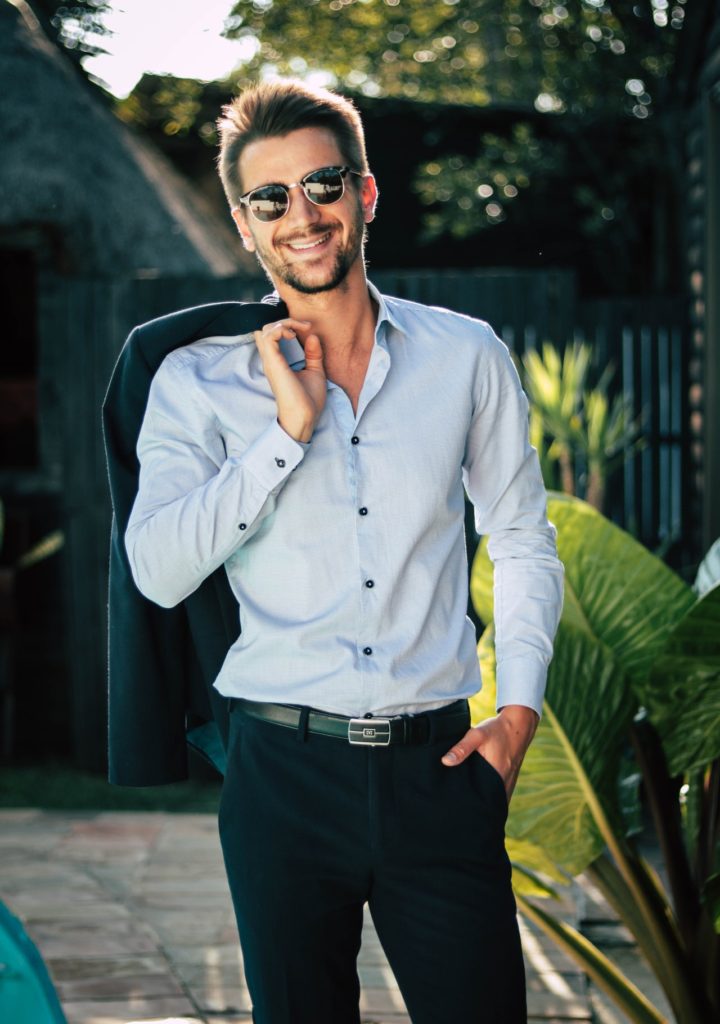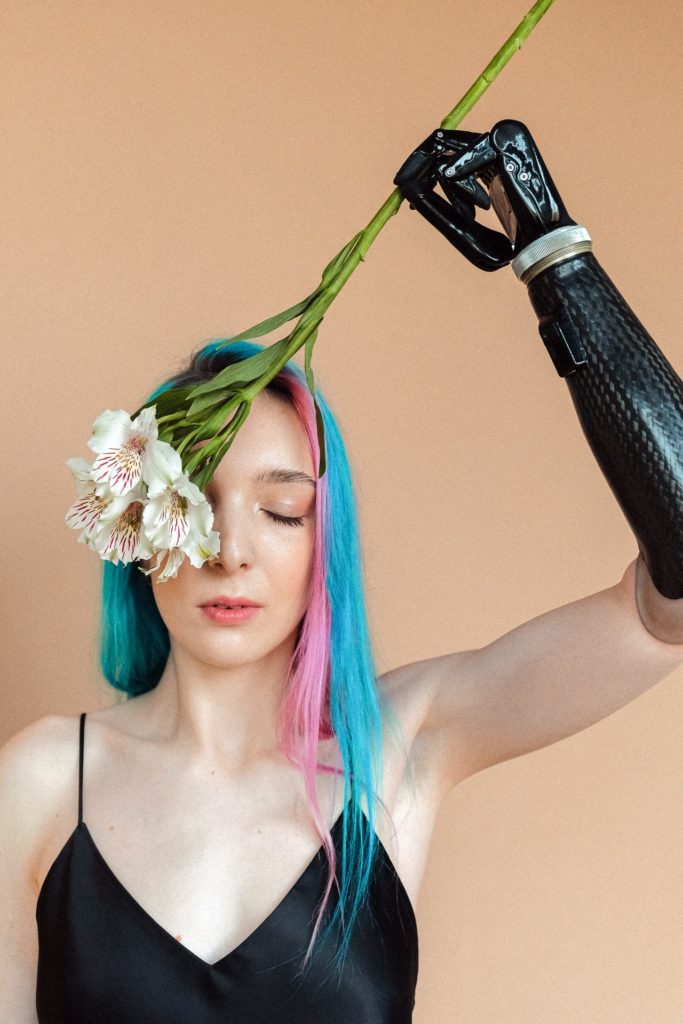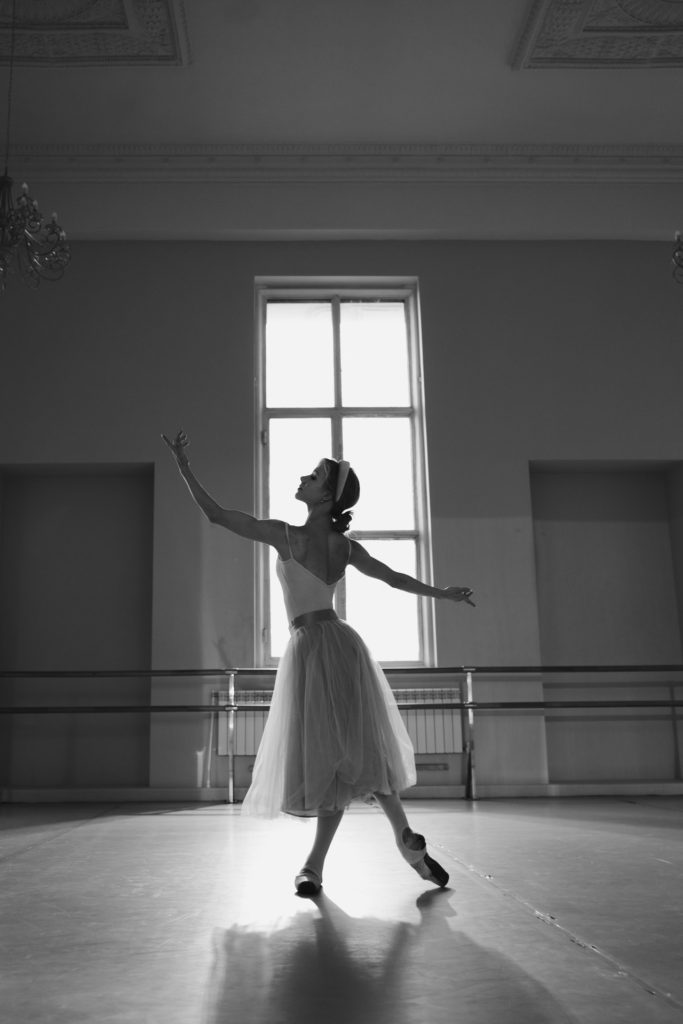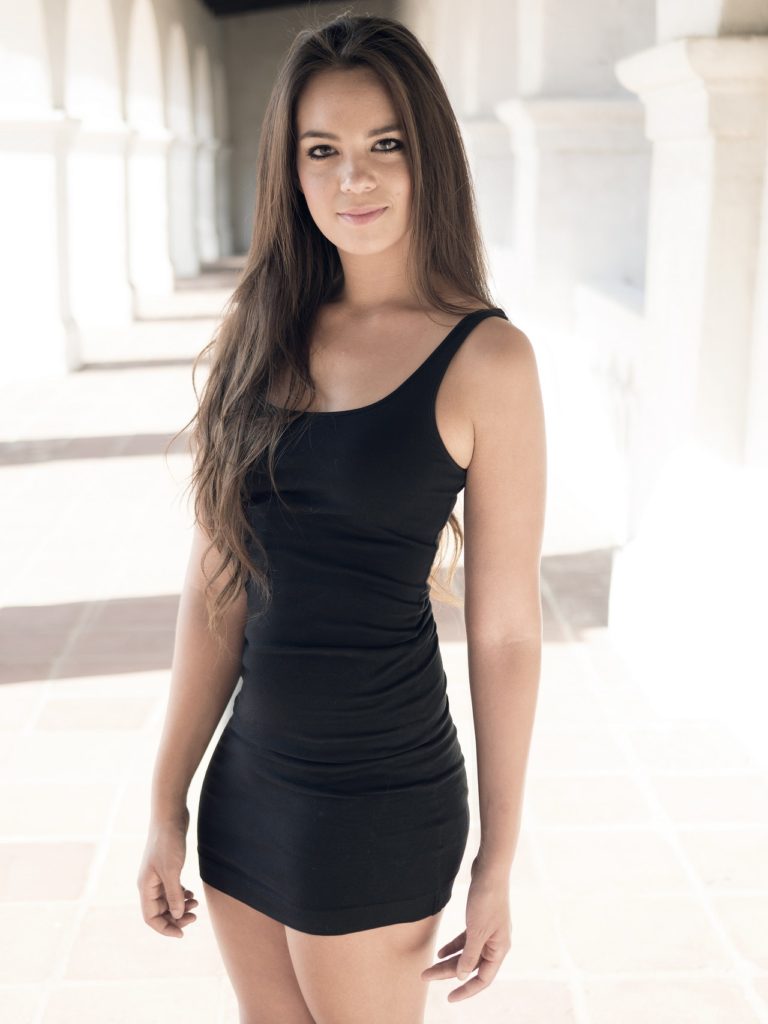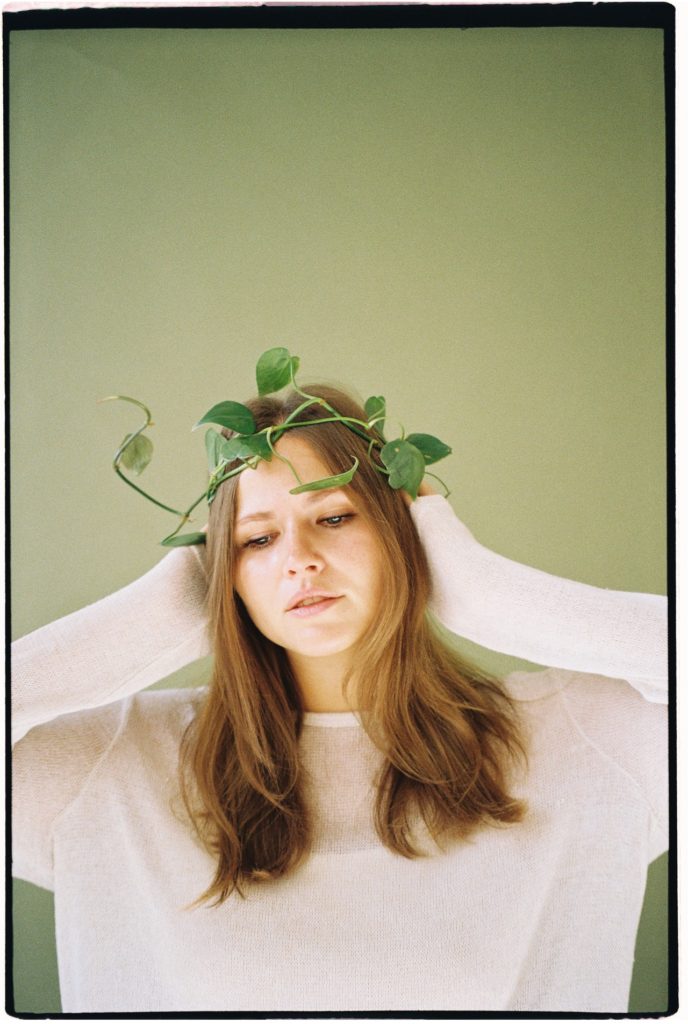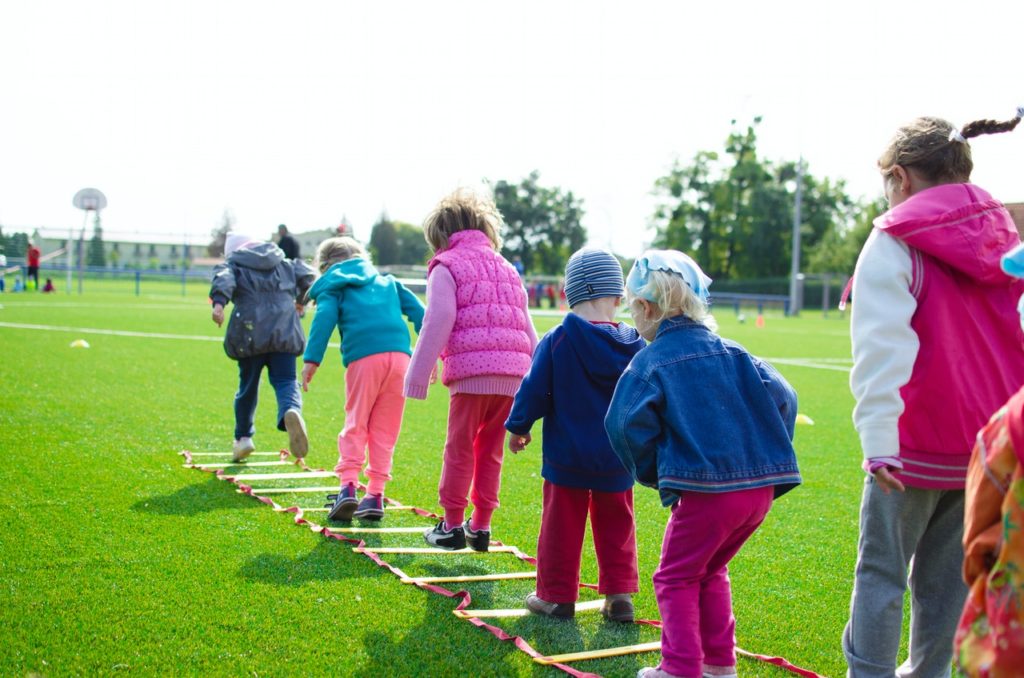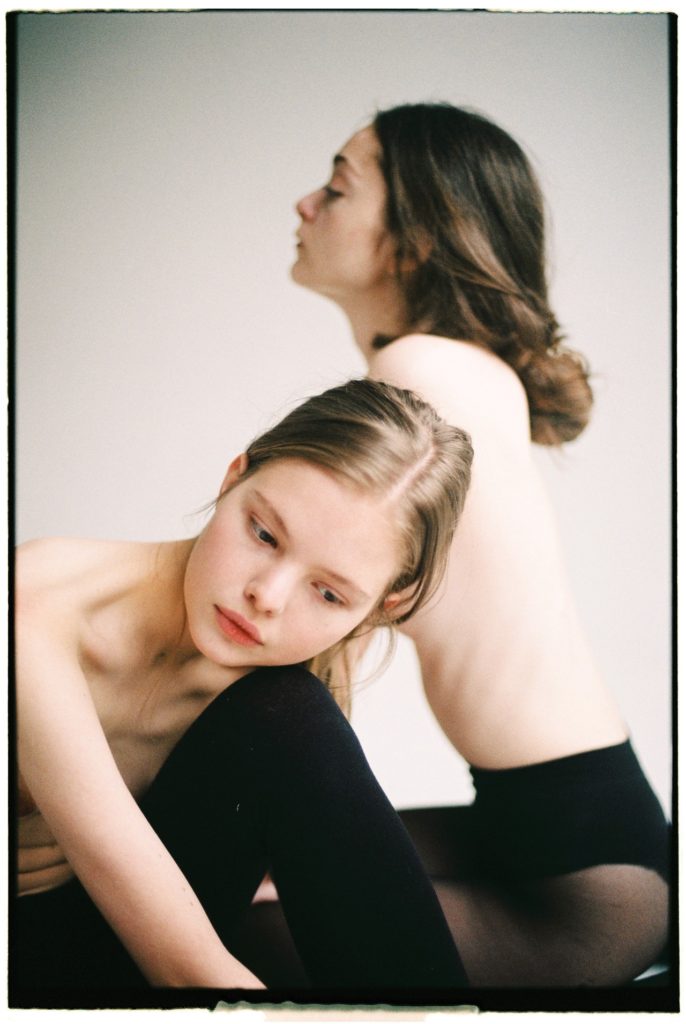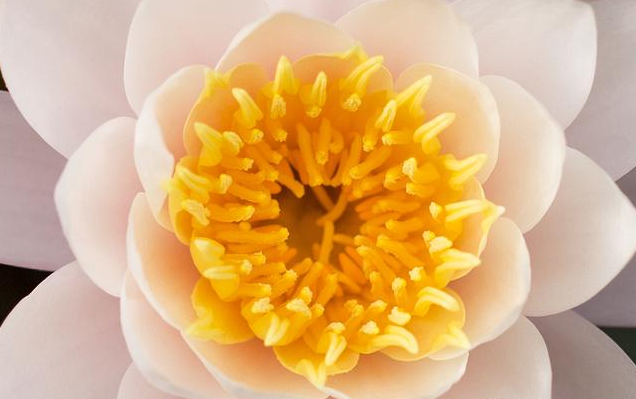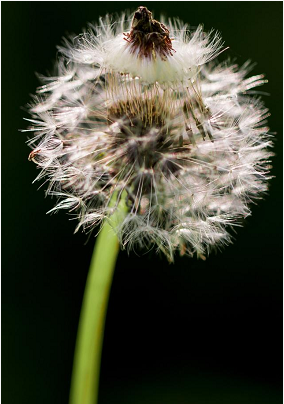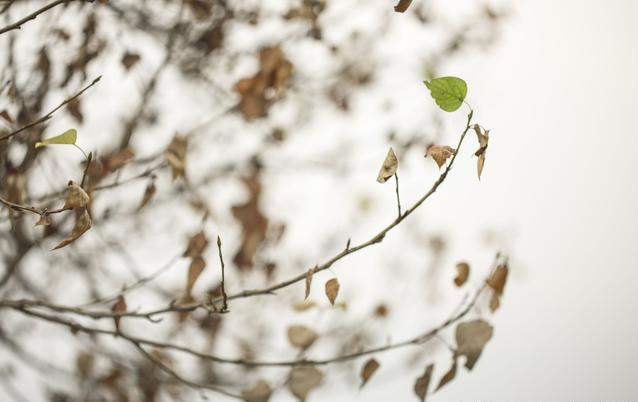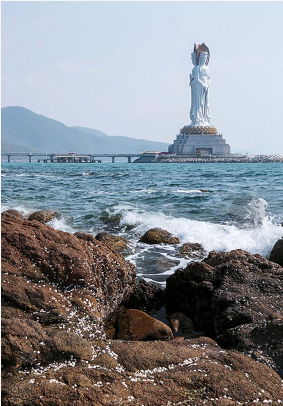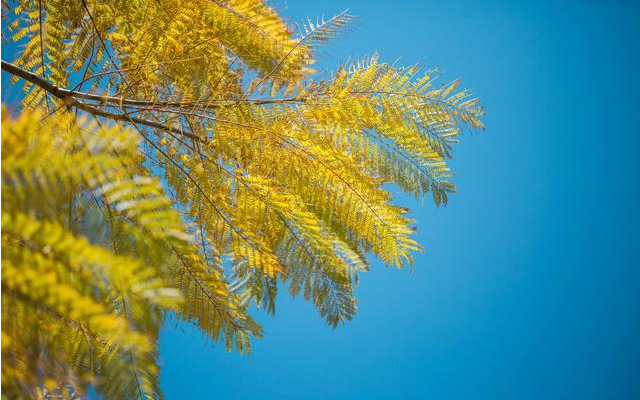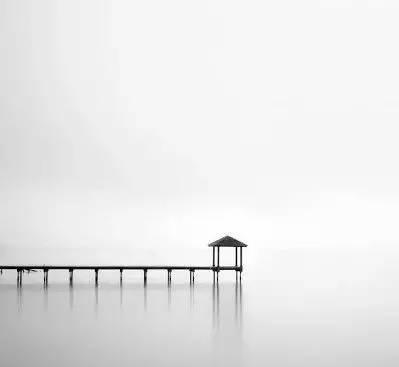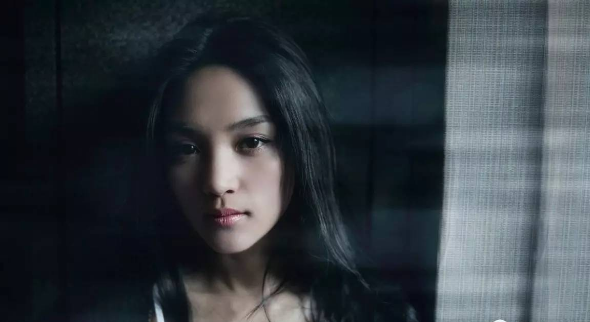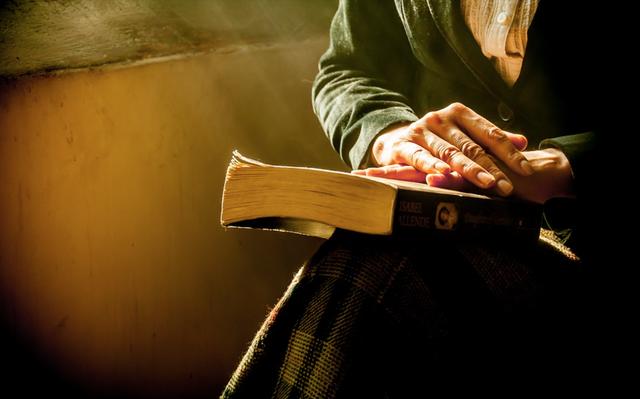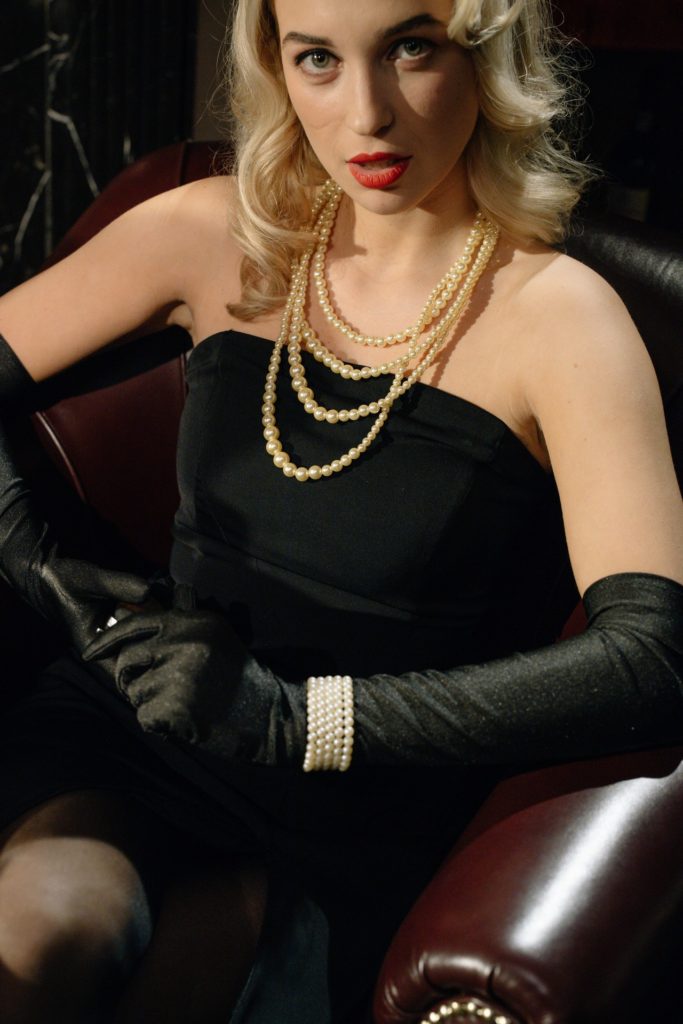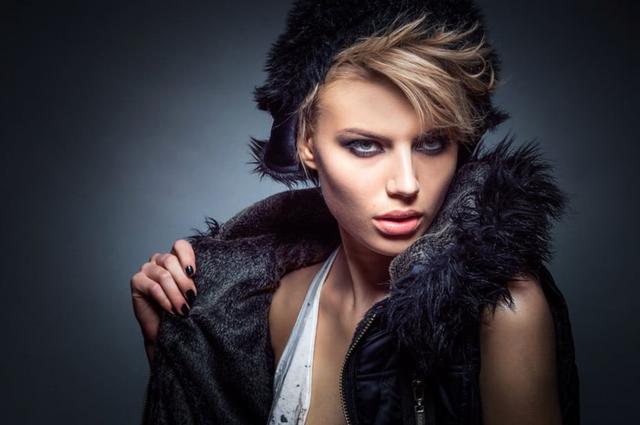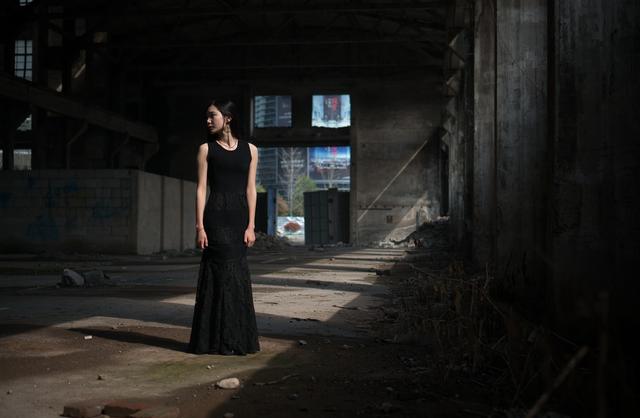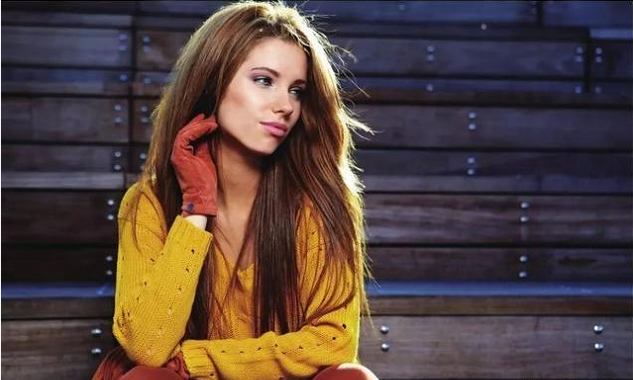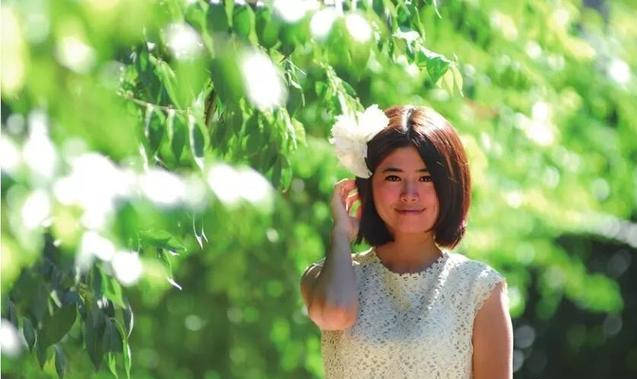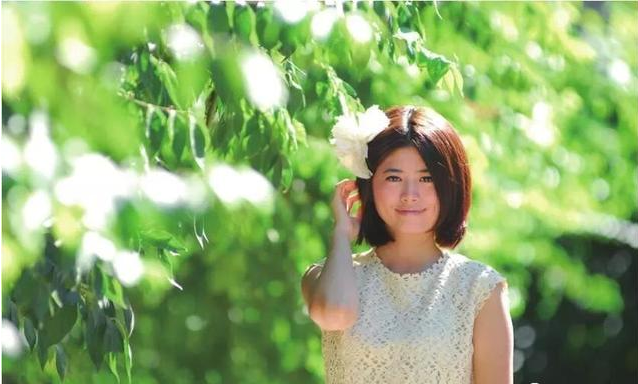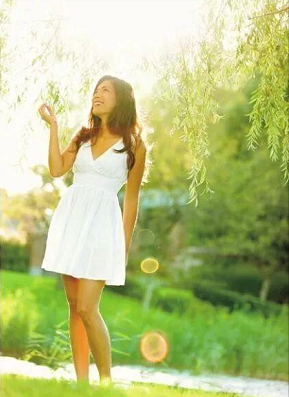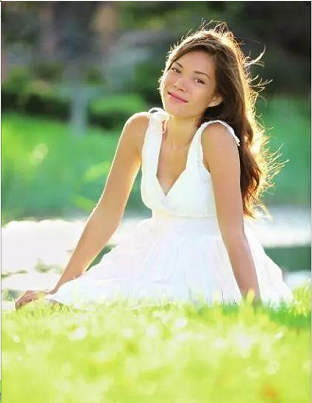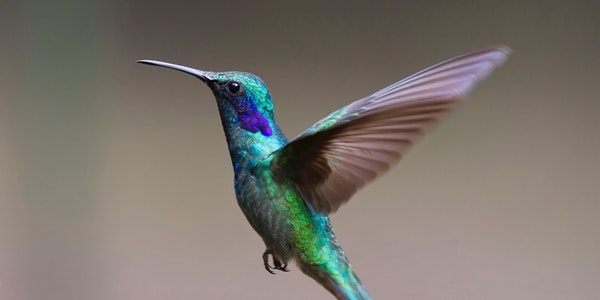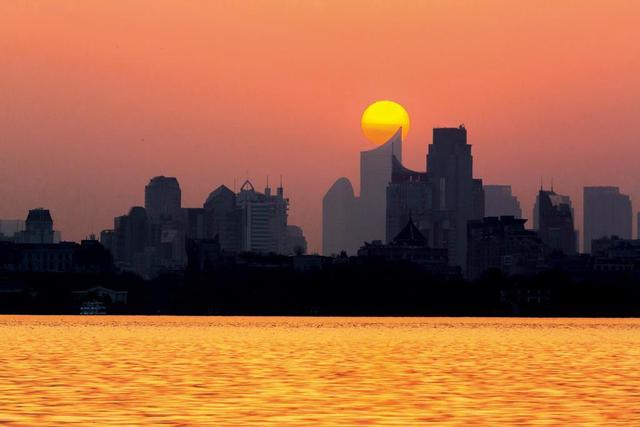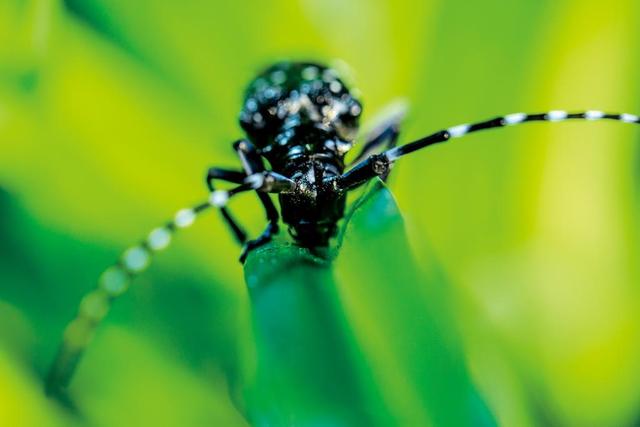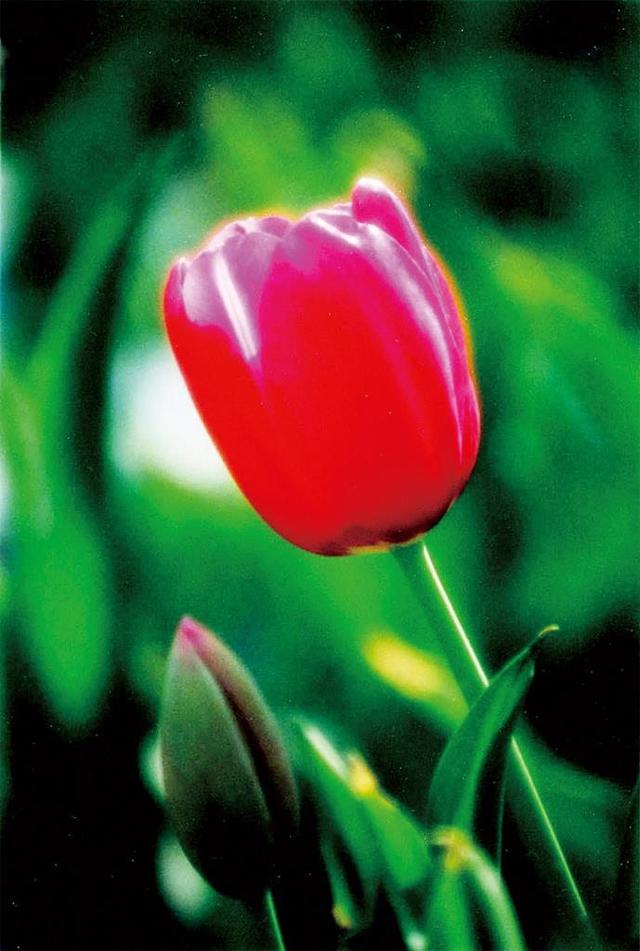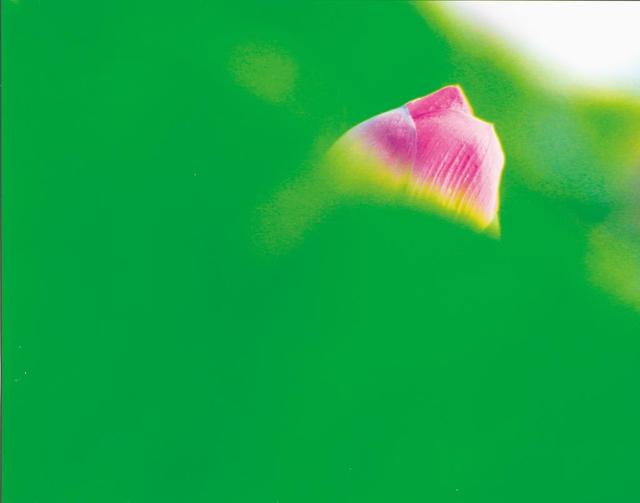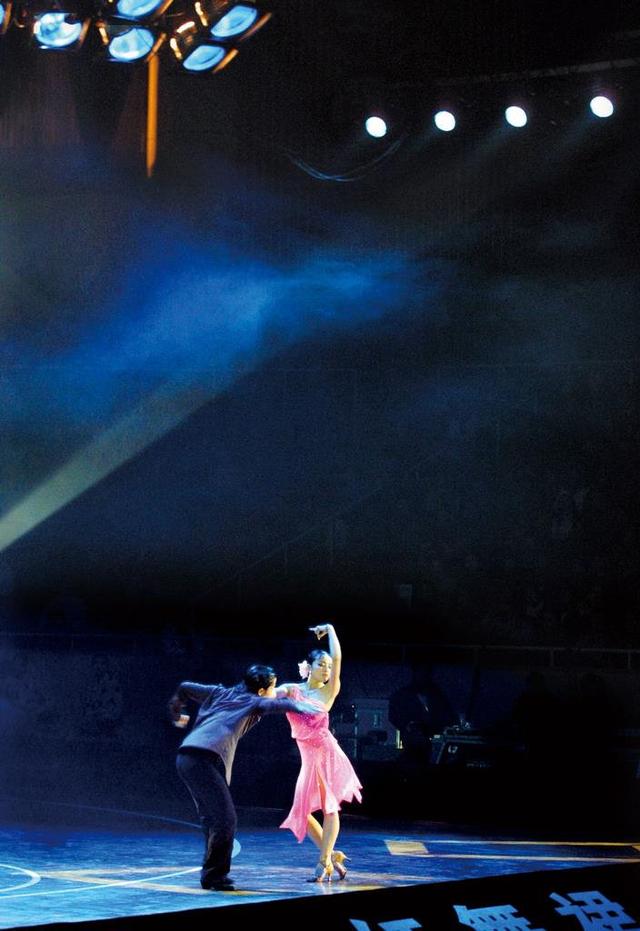1. Plant shooting:
Select flowers as the shooting focus.
Flowers are undoubtedly the most attractive and beautiful part of planting beads. Therefore, it is not difficult to understand that flowers are the most common focus choice in plant photography. But when we face a cluster of flowers, which one should we choose as the focus?
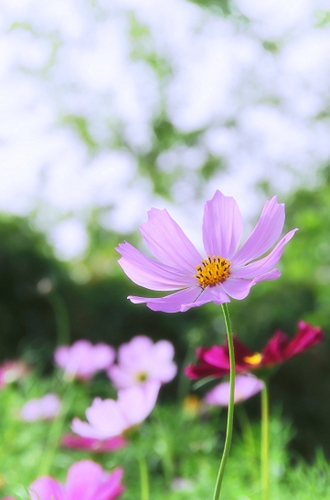
First of all, we should consider the most characteristic one, such as the most beautiful one, or one whose color is different from other flowers. Then, through observation, we can choose a flower slightly higher than other flowers, or a flower closer to the camera. Through these methods, we can highlight this flower and make it the interest center of the picture.
2. Close up Shooting of Flowers:
The focus should be on the stamen.
For close-up shots of flowers, the focus should clearly fall on the flower core.
At this time, in the enlarged close-up photos of flowers, the original brightly colored petals become a foil in most cases, while the delicate stamens in the flower core are arranged in an extremely regular manner, which becomes an attractive place.
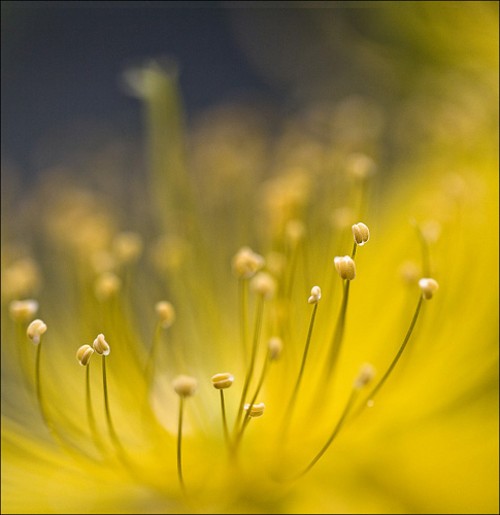
It should be noted that in the pictures taken with macro, there will be different degrees of virtualization except that the focus is clear. Even after the focus is completed, a slight movement of the flower or camera will cause the loss of focus, resulting in no clarity in the picture. Therefore, it is very important to cooperate with the shooting tripod and windless environment.
3. Close up of People
Eyes are the key focus when shooting close-up of characters. Close up photos of characters are generally half body photos focusing on the face of characters. Such photos need to depict the character’s characteristics and even the heart through expression. Eyes are the first choice of focus when shooting close-up of characters.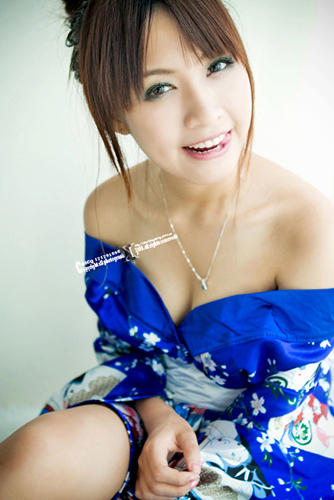
When the person is facing the camera, both eyes are on the same plane, so any eye can be the focus. However, such a view will be too flat and ordinary, so most photographers will take the half side of the character for view shooting. At this time, people’s eyes will be in the front and back position. At this time, it is necessary to focus on the eyes close to the camera. Because its position is obviously more important than the back eyes
4. Shooting Full Body Portraits
The head is an important focus when shooting a person’s full body.
When shooting portraits including the whole body of characters and environmental portraits, we can’t clearly aim at the human eye and focus accurately. Then, the key to quickly and conveniently selecting the focus is to take the person’s head as the focus.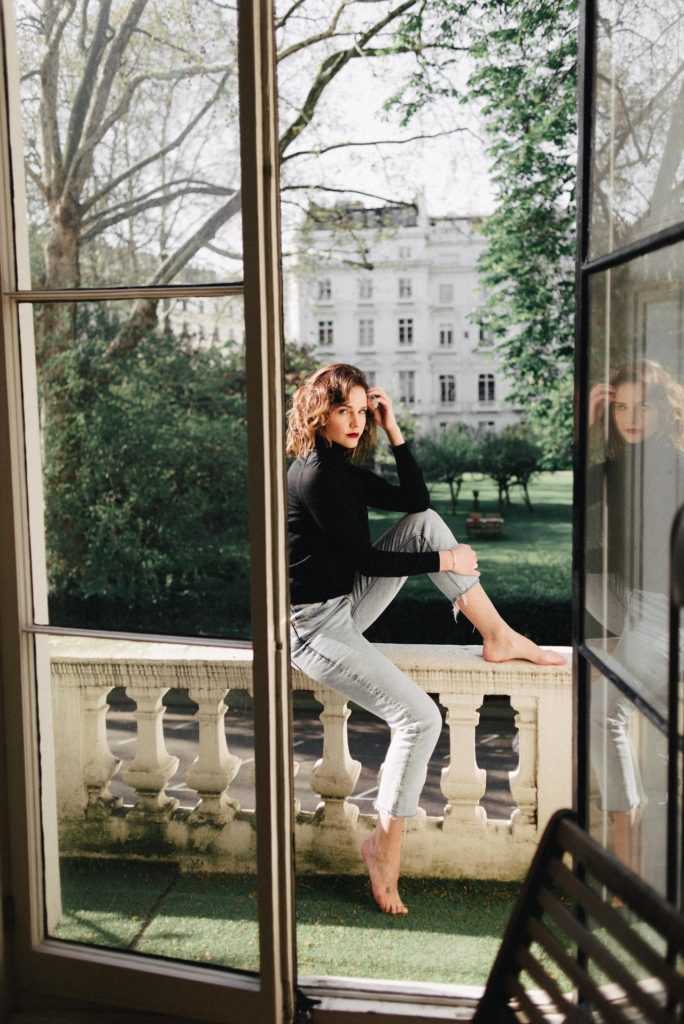
Whether it is to express the character’s action or posture, the character’s facial features are the key in the picture. People’s every move is controlled by the mind, so the head will become the center affecting the whole body. When shooting, we can focus on the person’s face or head in advance, and then quickly re compose and shoot when the person’s whole body posture reaches the ideal state.
5. Shooting People and Environment
When taking photos of people and environment, it is best to focus on people.
This category of photos includes simple travel commemorative photos, documentary photography and commercial advertising photography. The combination of characters and environment is the most vivid and difficult to shoot. However, whether people are the main body or foil of the picture elements, most of these photos are taken with the people as the focus. Because compared with those mountains and rivers that do not move (or move slowly), people are the most active and emotional.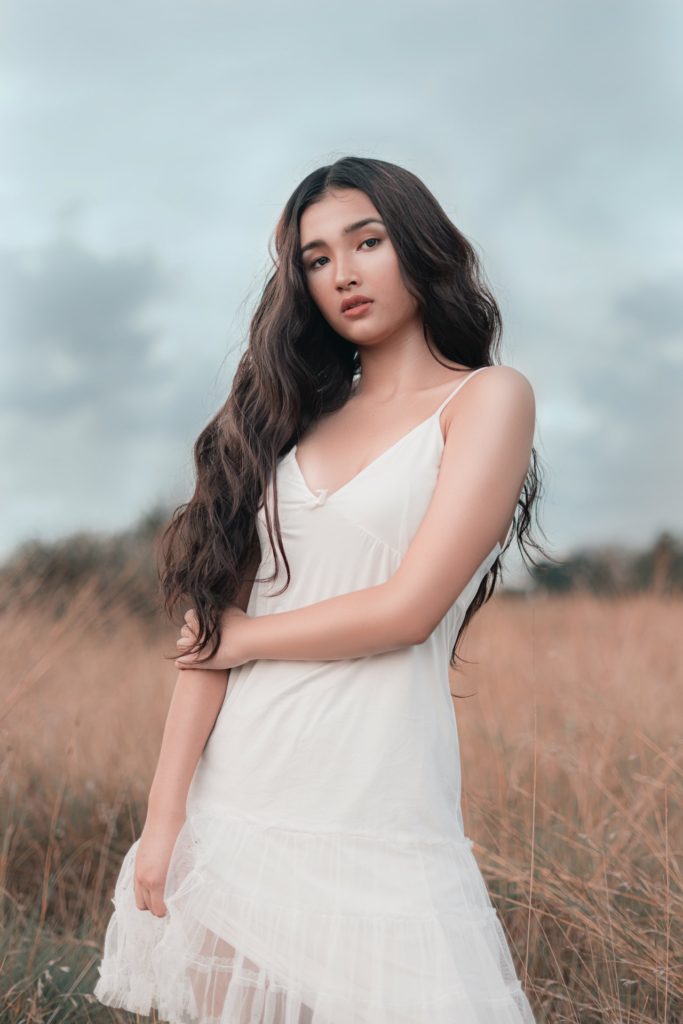
Of course, when shooting with people as the focus, we should also pay attention to the depth of field to control the virtual and real changes of the environment. If you simply need people and scenery to be clear, you can use a small aperture to obtain a large depth of field.
6. Shooting Crowd
When shooting a crowd, look for key people to determine the focus.
When shooting in front of a group of people, we are often disturbed by the changing people, do not know where to focus, and miss a lot of wonderful group photos.
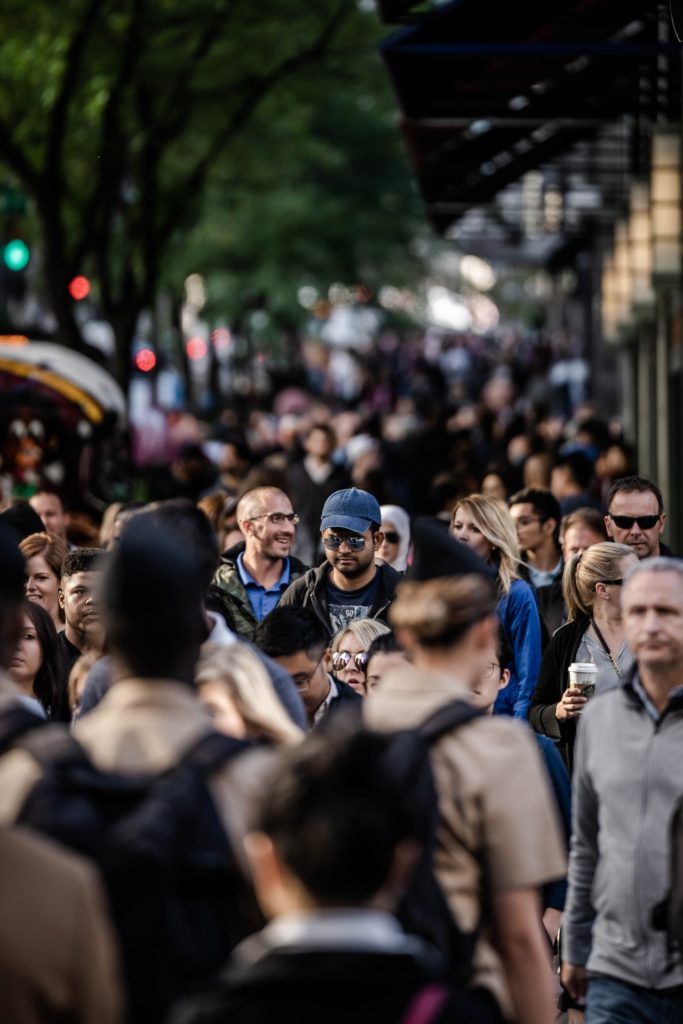
In fact, the simplest way is to find a key person as the focus and track and focus. At the same time, pay attention to the dynamics of other characters with the rest of your eyes. When the positional relationship between other characters and key characters reaches harmony and unity, press the shutter to shoot.
7. Shoot a Part of the Mountain
When shooting parts of the mountain, you can choose prominent trees or rocks as the focus.
When we use a long focal length lens to shoot a part of a mountain, it is usually because of the characteristics of a mountain that attract us. For example, a golden birch on the grass slope in autumn, or a raised rock. Choosing these obvious features as the focus can not only quickly complete the focusing, but also help us think about the composition.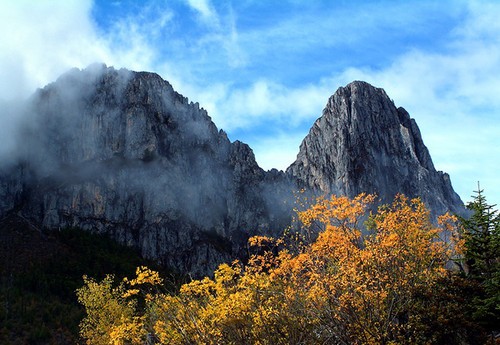
It should be noted that if the part we shoot is located on the shadow side of the mountain, due to the weak contrast of the scene, it will often lead to the error of automatic focusing of the camera. At this time, you should focus where the contrast is high to help the camera focus.
8. Take a Panoramic View of the Mountains
When: focus on the highest peak.
When taking panoramic photos of a majestic mountain, we’d better focus on the highest peak of the mountain, such as the main peak of the mountain. Because it is the farthest place from the camera, the camera needs to focus at infinity, also known as infinity focusing.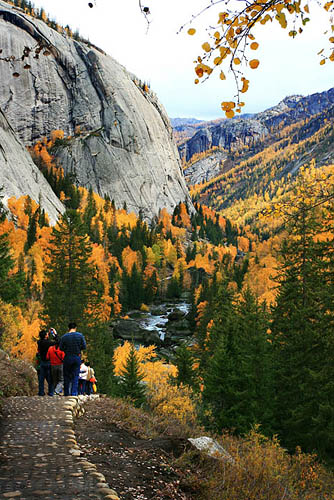
Through this focus selection, the photos taken can most clearly depict the main peak and other peaks of the continuous mountains, showing their grandeur. Without clear focus selection, the camera often mistakenly focuses on the branches or something in the foreground, resulting in a blur of mountains.
9. Shoot the Wide Grassland
When shooting a wide grassland, you can choose houses, cattle [herds], trees or the corners of the river as the focus.
Photographing grassland is perhaps the simplest and most complex thing. Simple auto focus shooting, looking at the small photos, it seems that all the scenic relics are very clear. But when you enlarge the photo, you will find that the key points in the photo are blurred. This is the most annoying thing.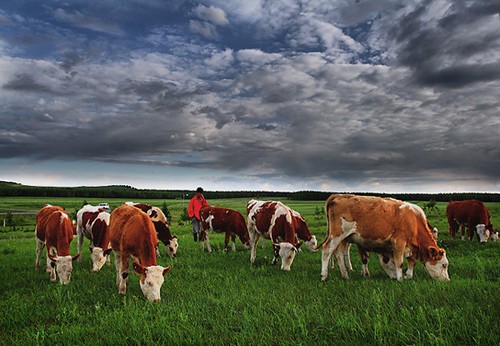
Therefore, when shooting, we must form a good habit of clearly choosing the focus. On the endless grassland, a lonely tree or a group of cattle are good focus and the key point of the picture. The clear description of them is far more important than the infinite grassland. If the focus falls on the winding river on the grassland, we should choose the most changeable or the nearest corner.
10. Shooting Buildings
When shooting a building, you can select a door or window as the focus.
As a photography lover, there are few opportunities to shoot buildings without distortion and full focus like professional architectural photographers. Therefore, when shooting buildings, the focus selection should be particularly detailed and accurate. Generally speaking, when shooting the front of a building, the focus should be on the front door, so that the front of a multi plane building can all fall within the clear range of the picture.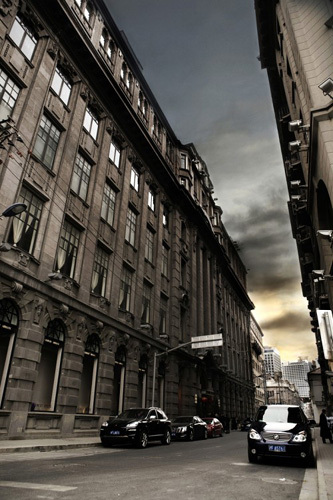
Of course, sometimes the front door will be in the shadow, so it is not easy to focus. At this time, you can also use the window near the light as the focus of shooting. If the front of the building falls completely in the shadow, you can also choose the edge of the house at the top as the focus.
